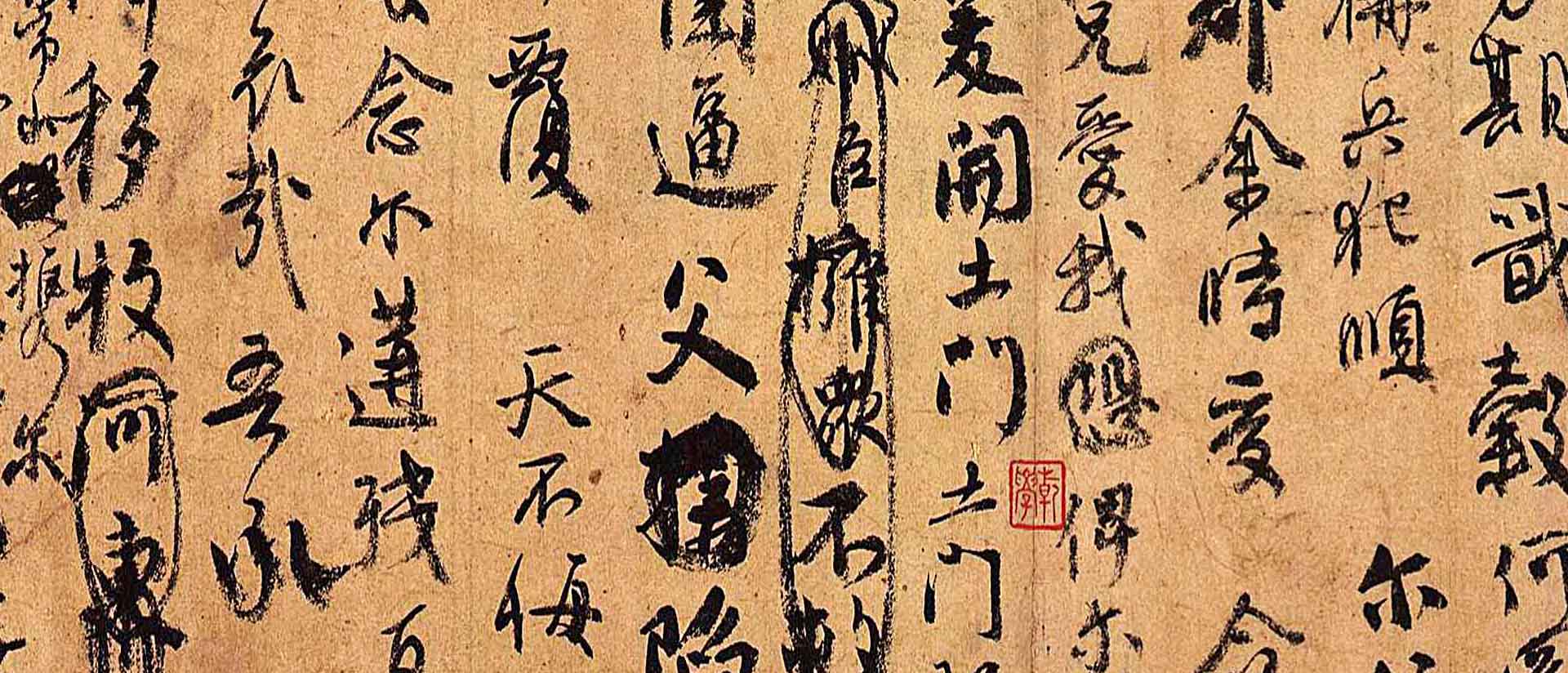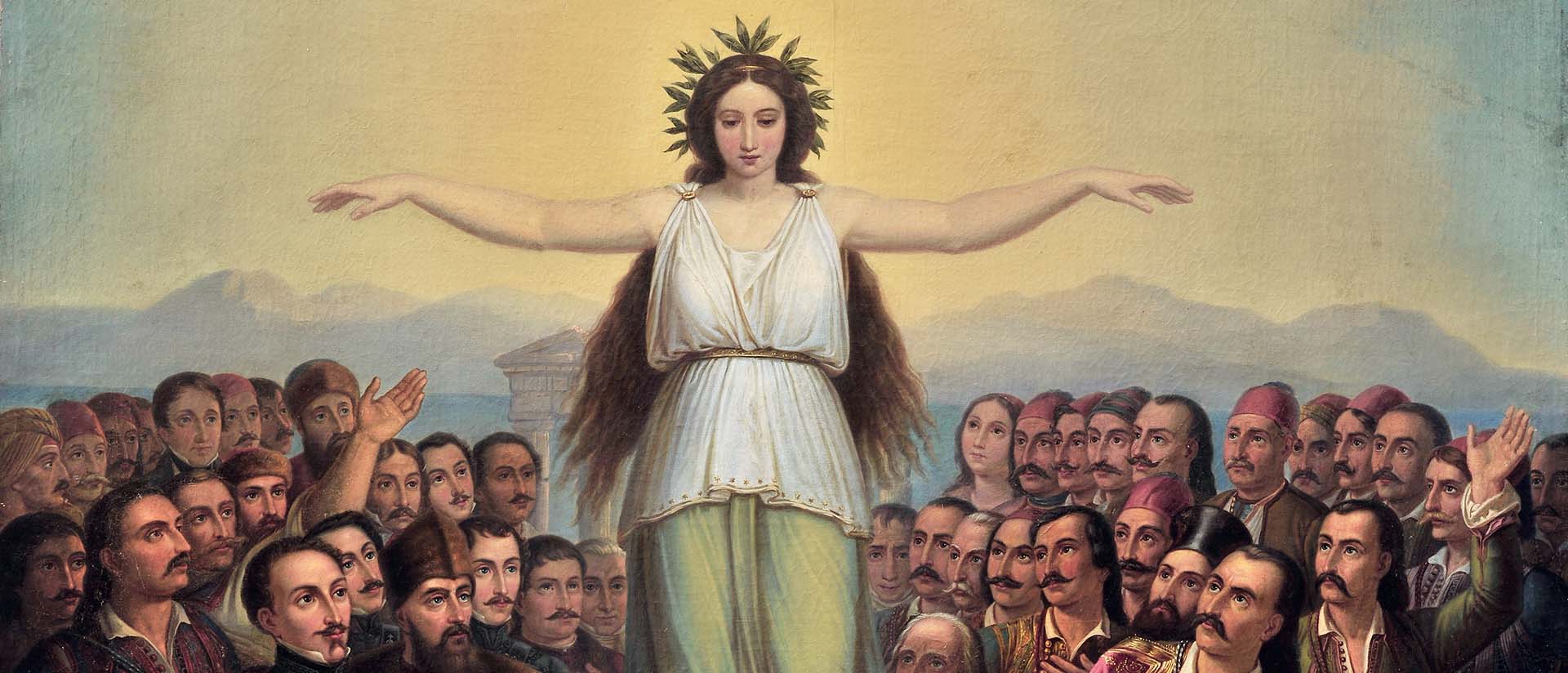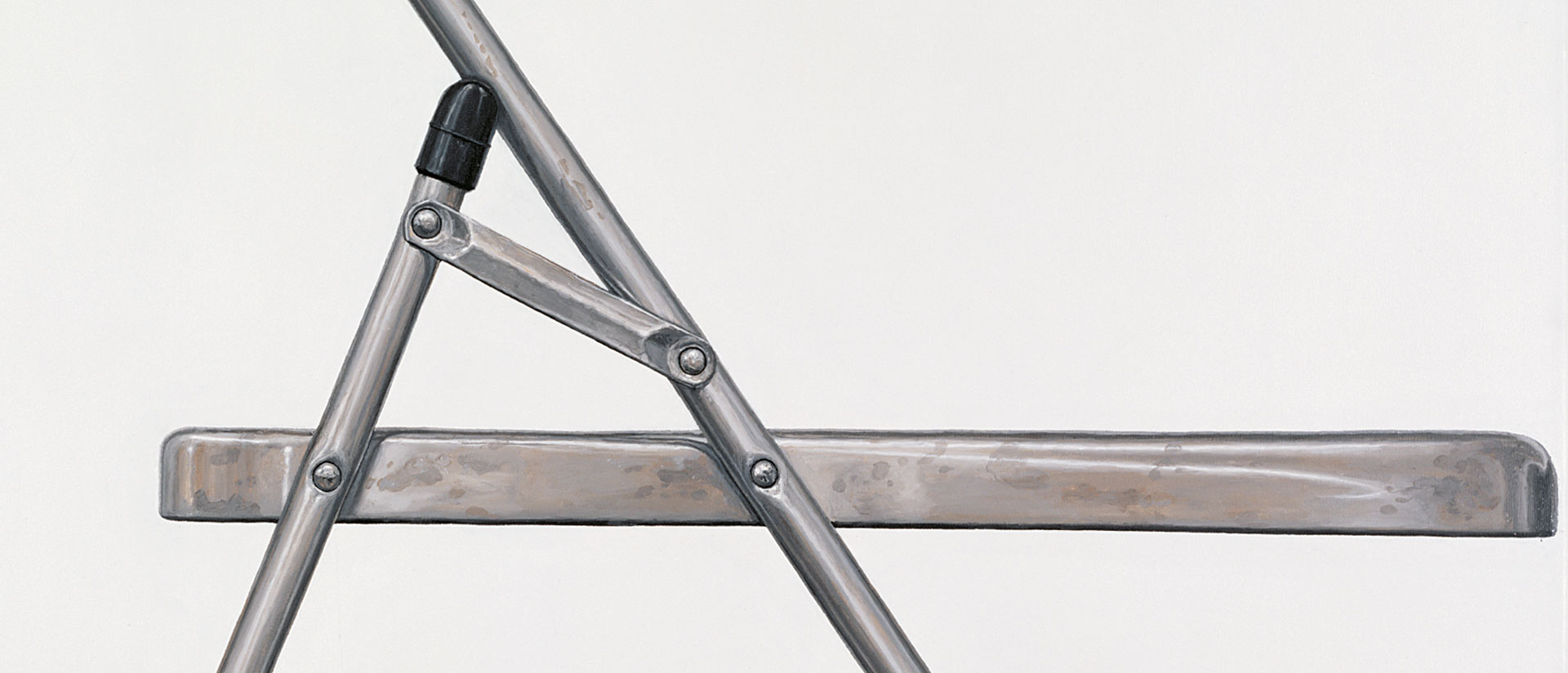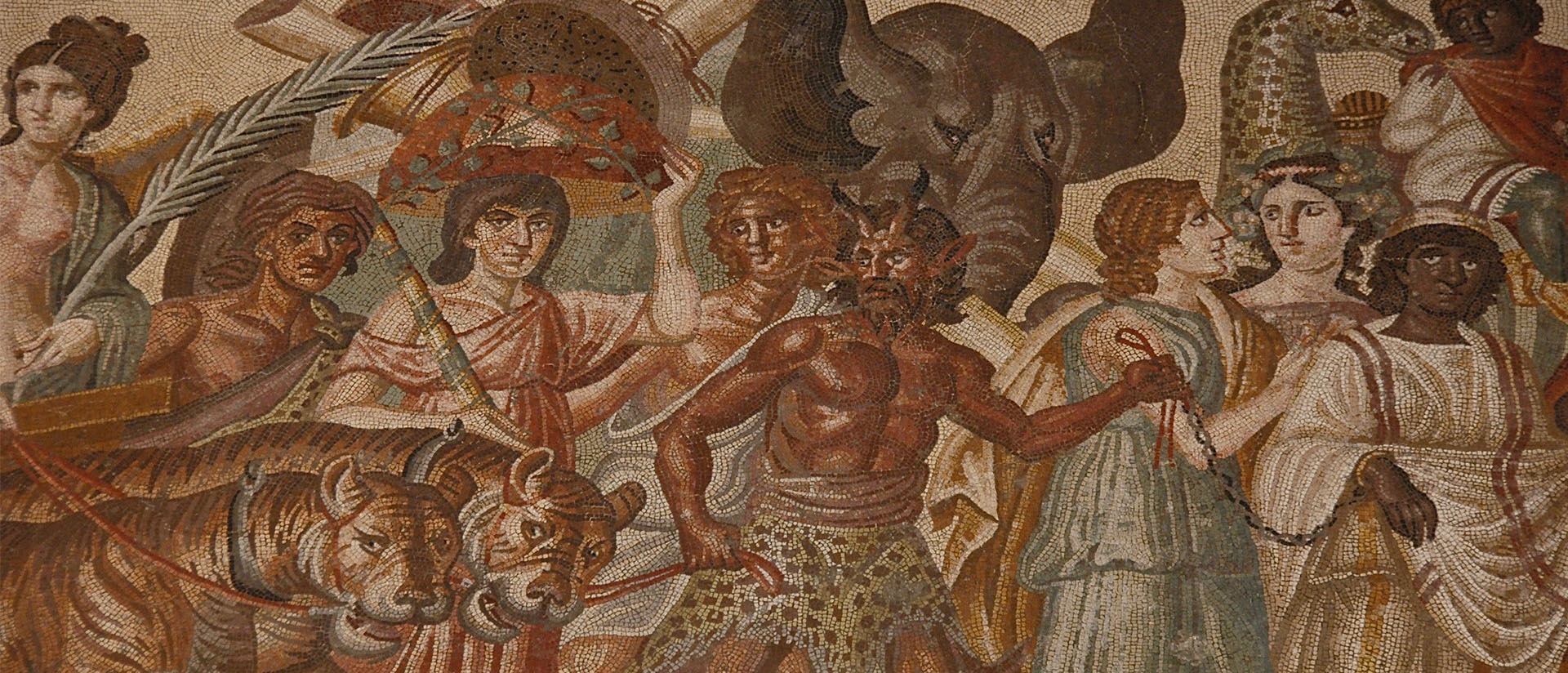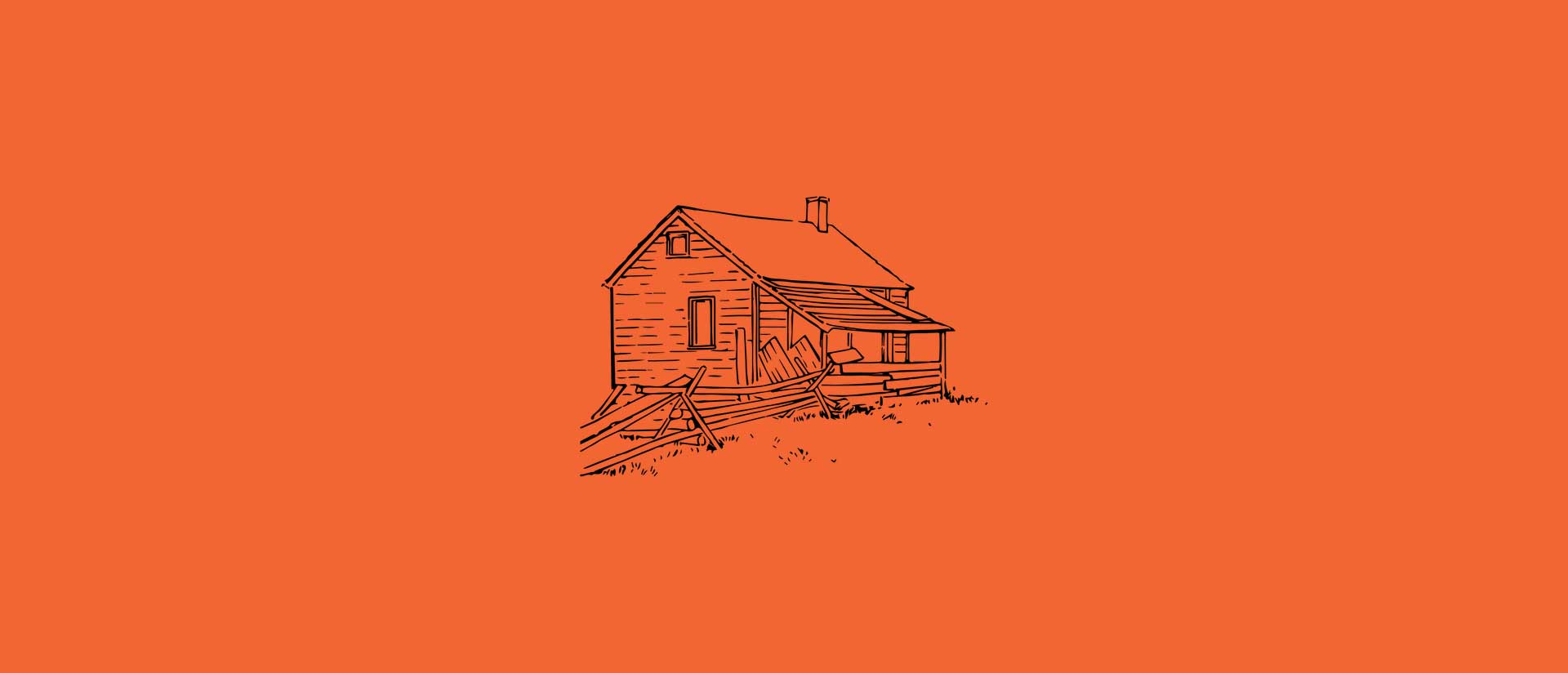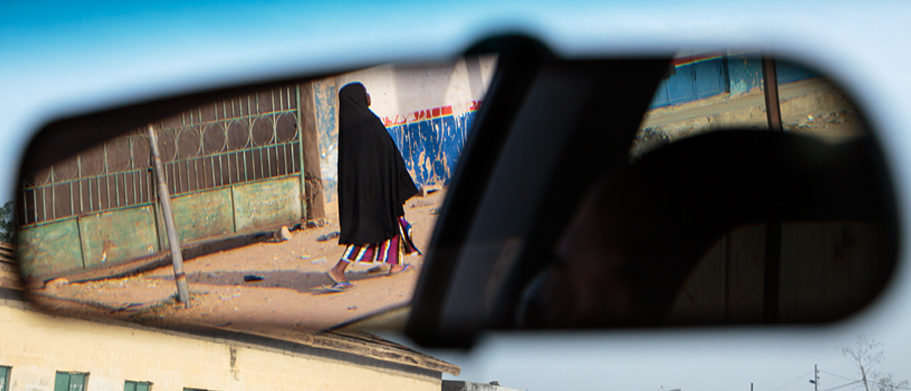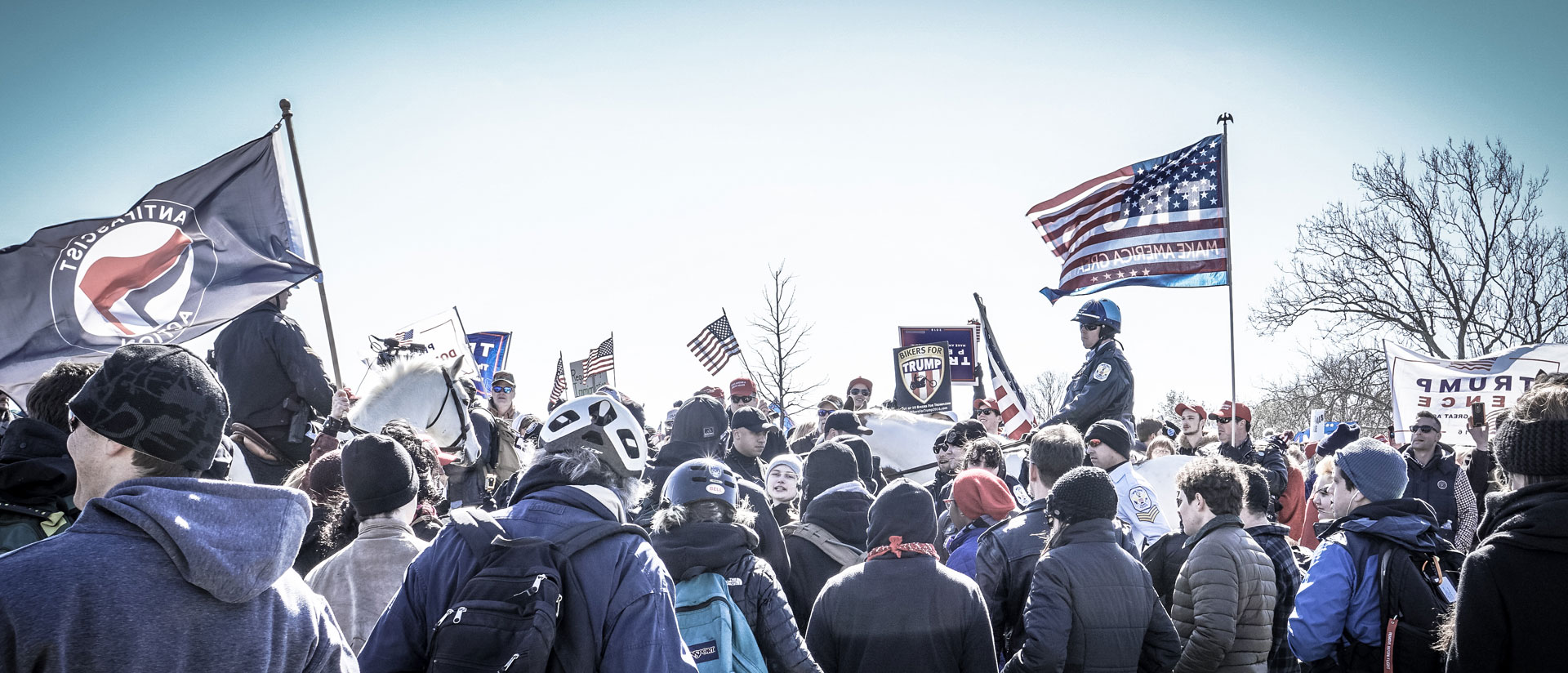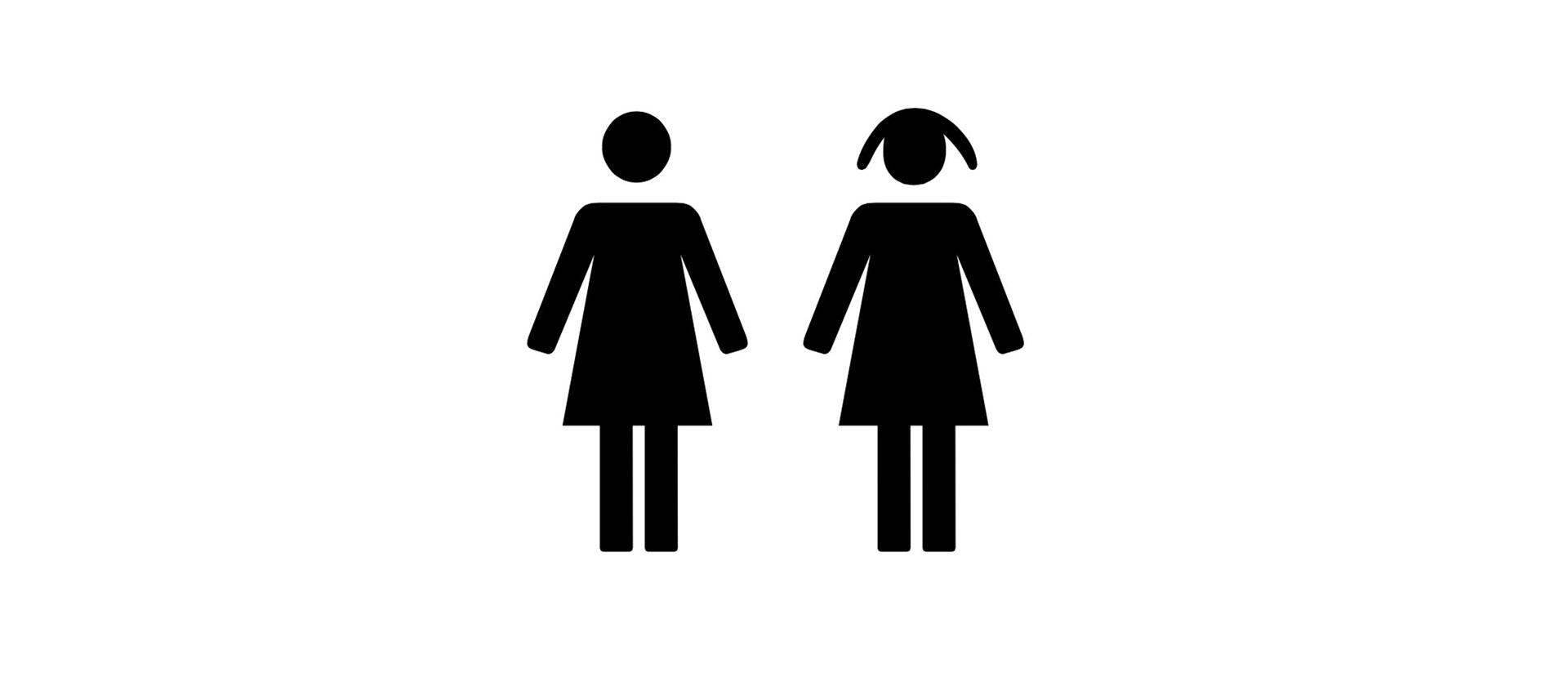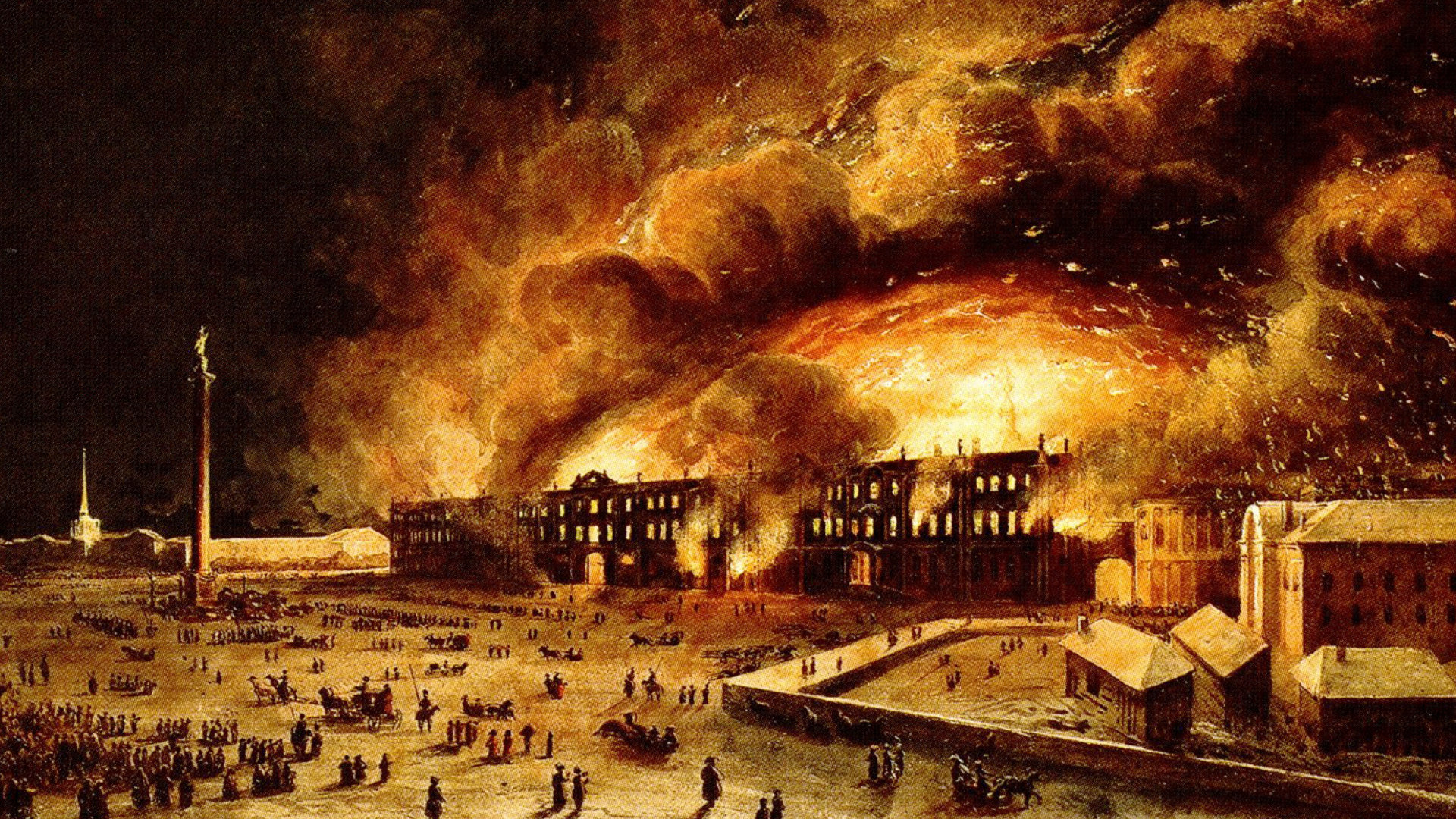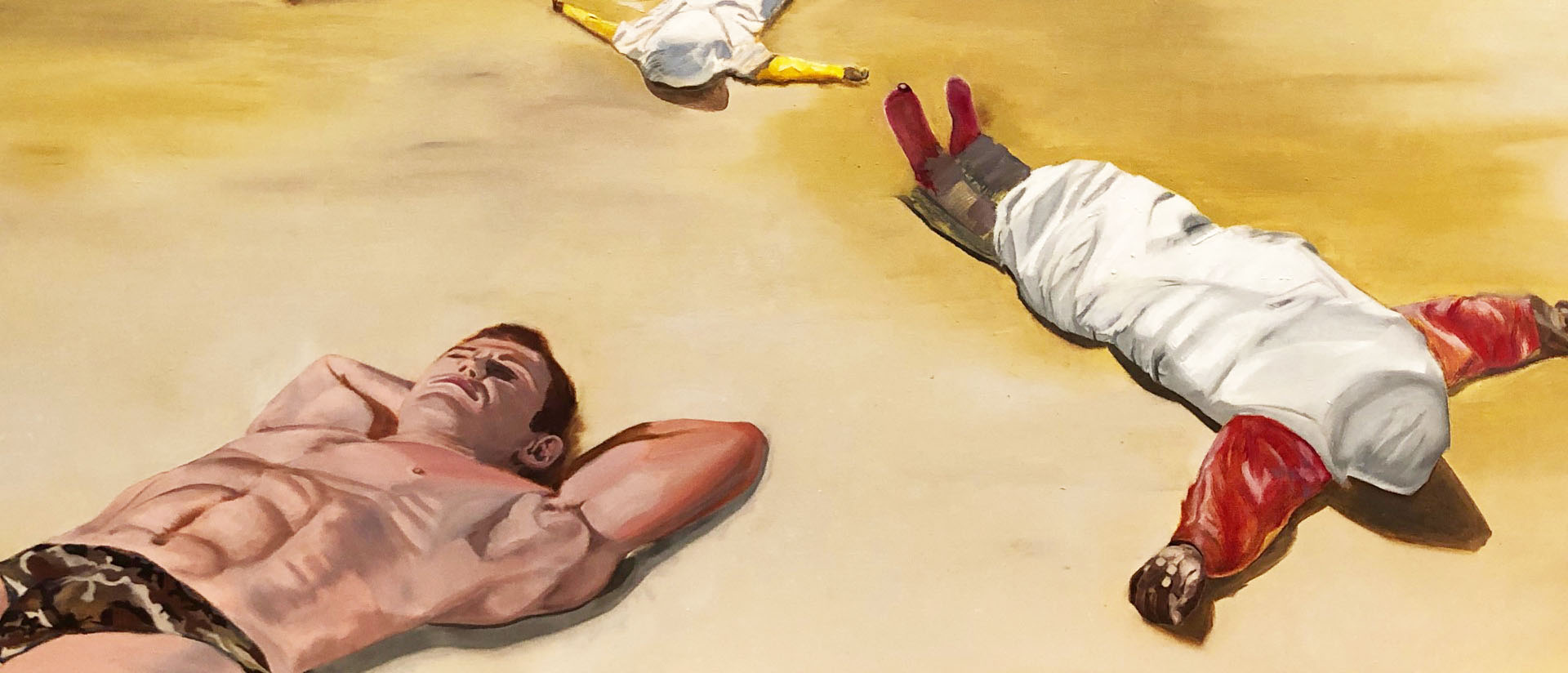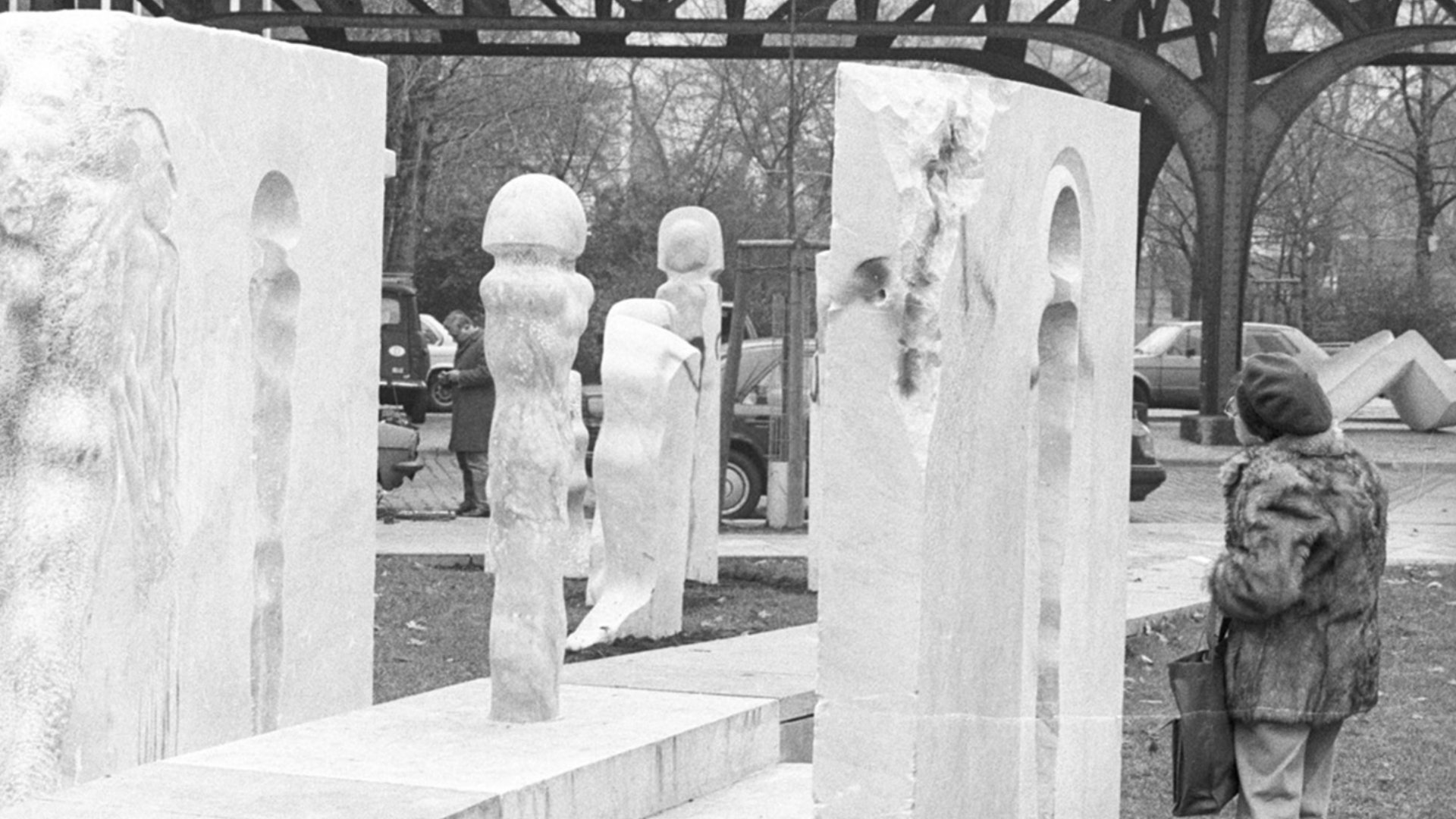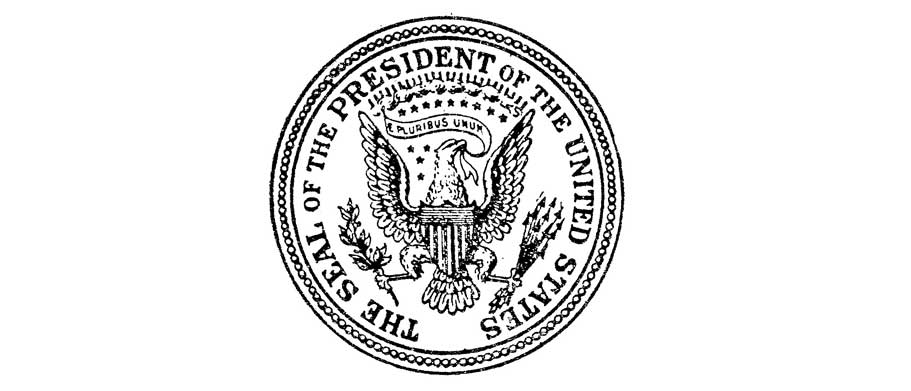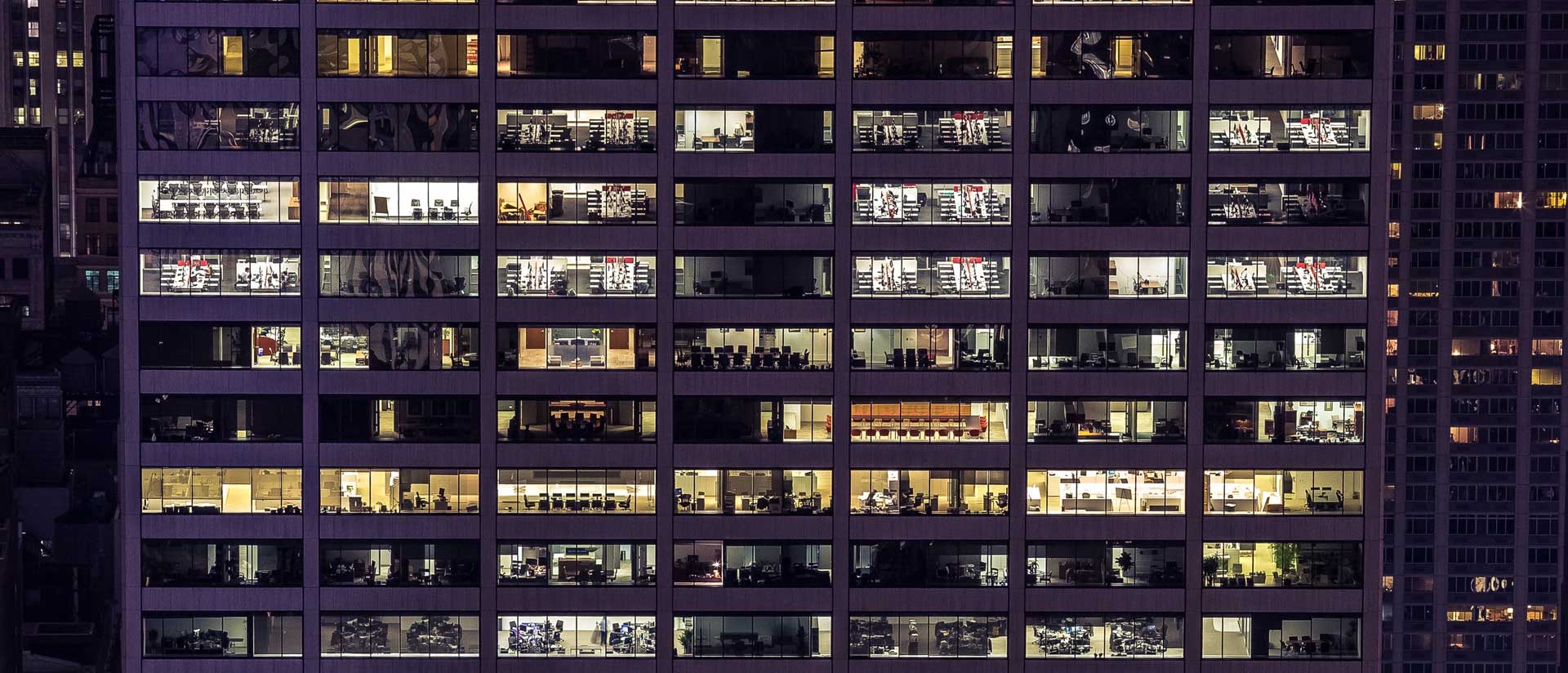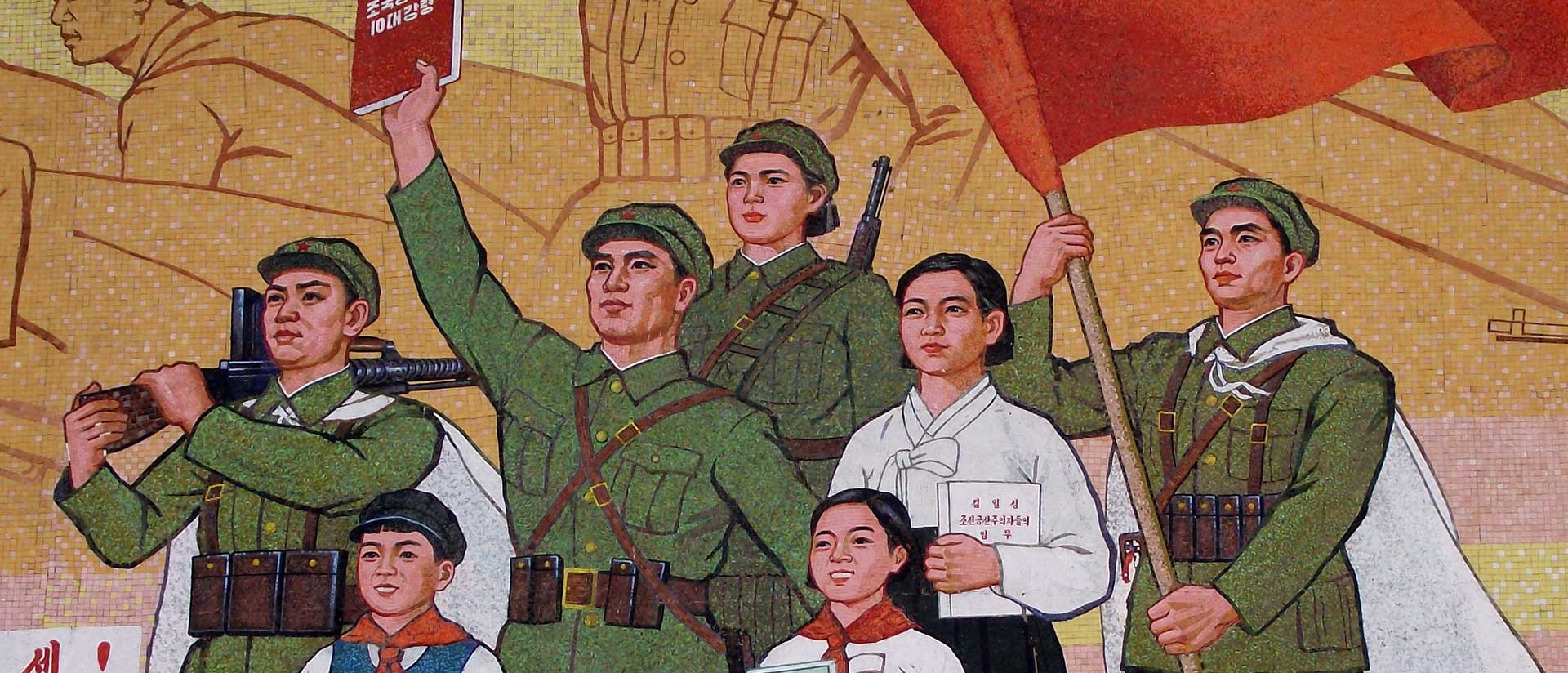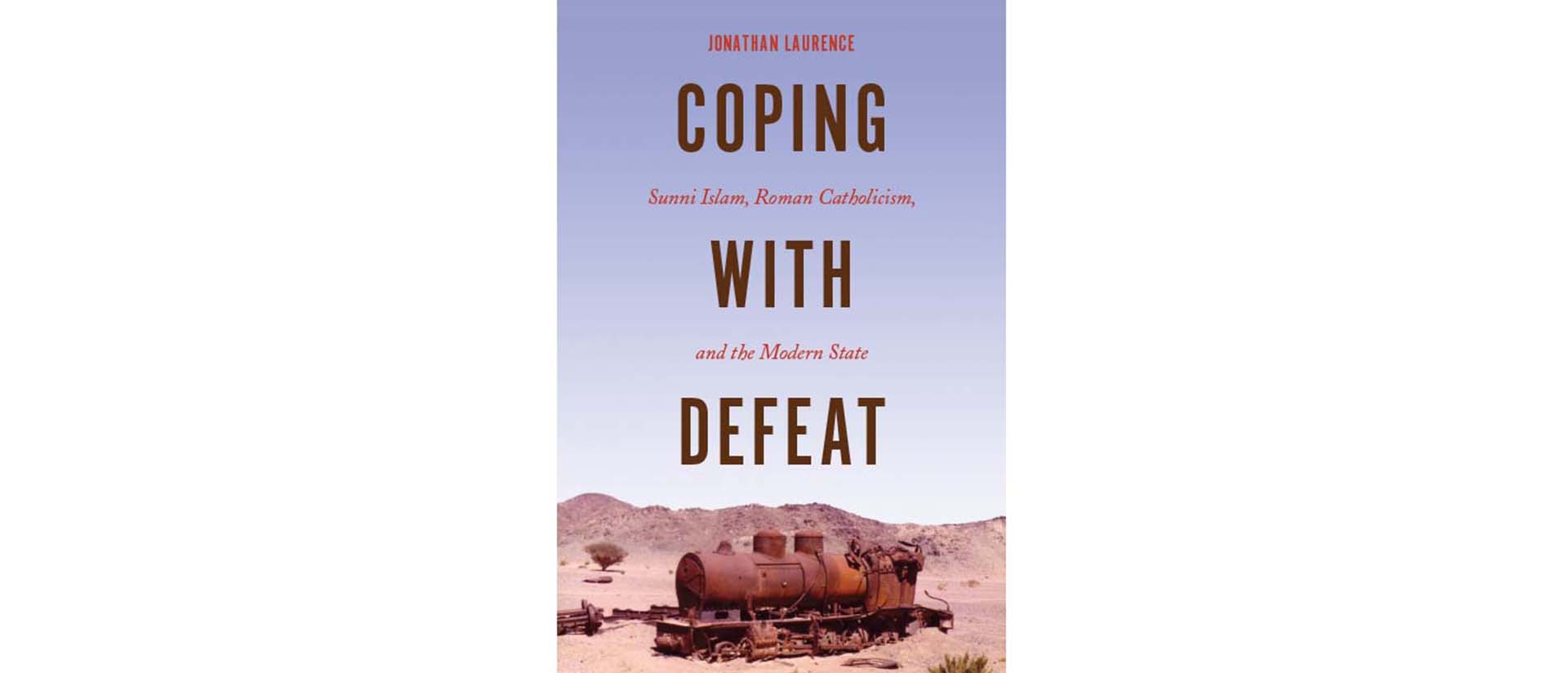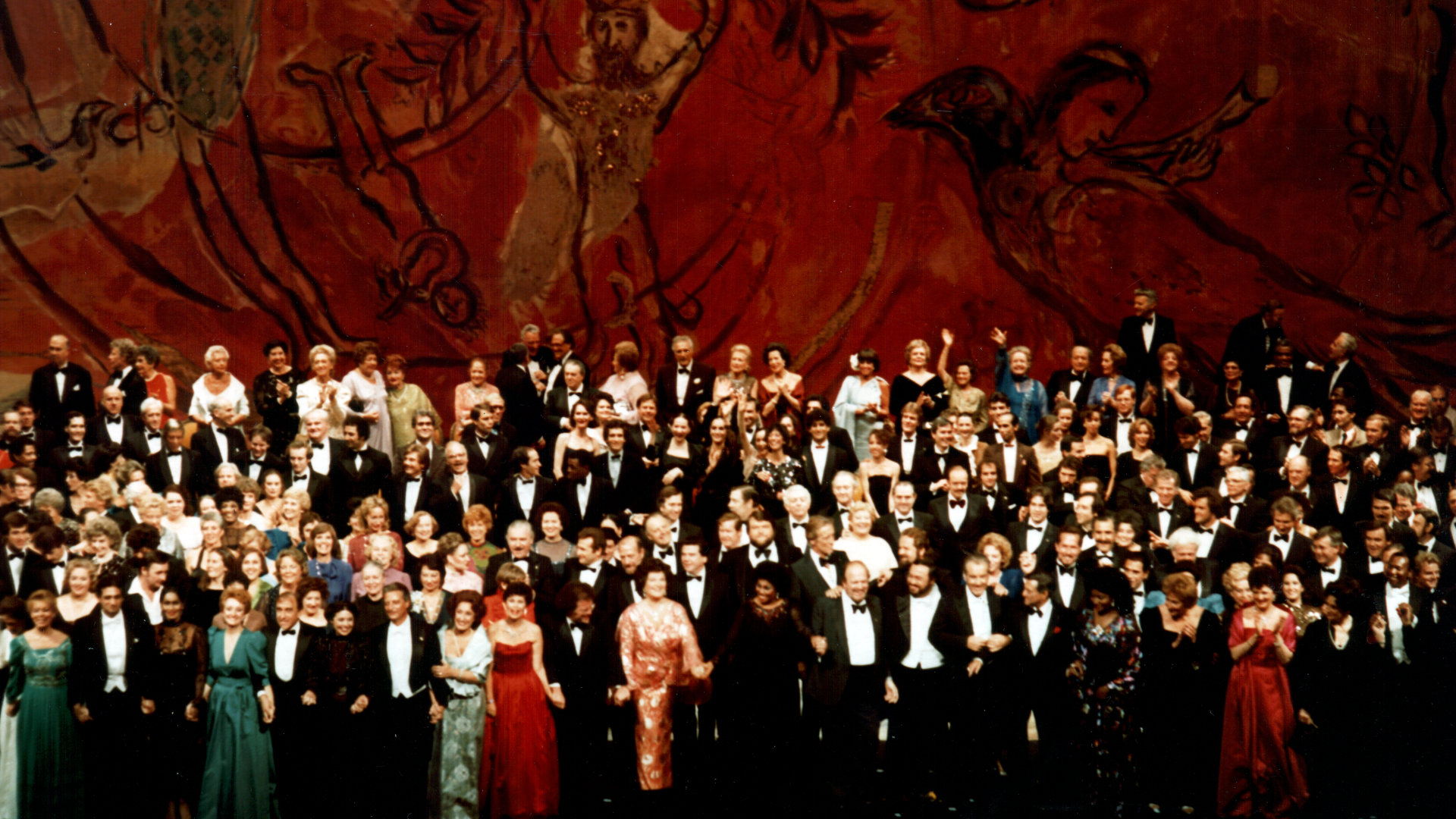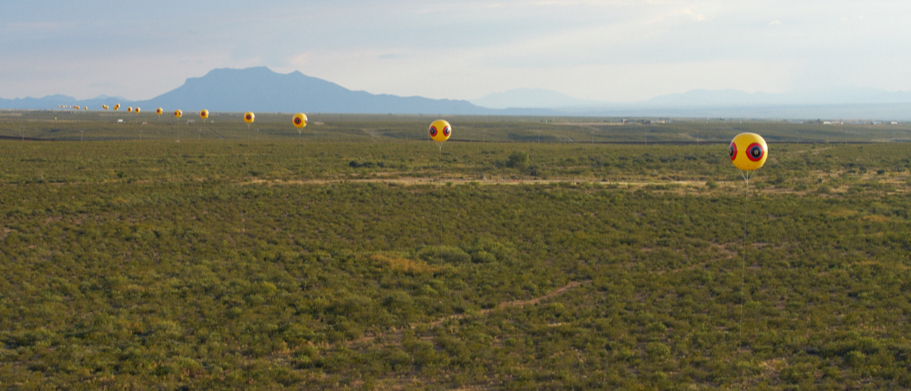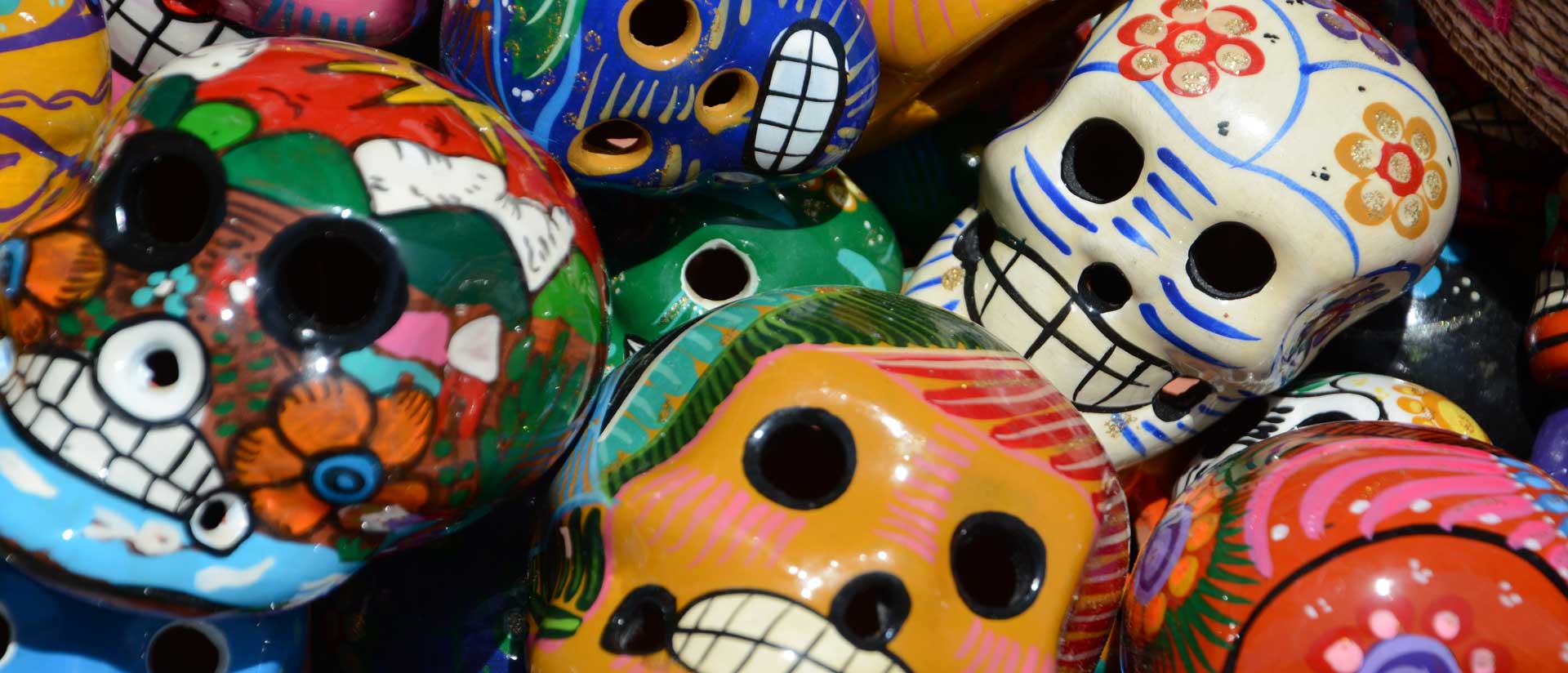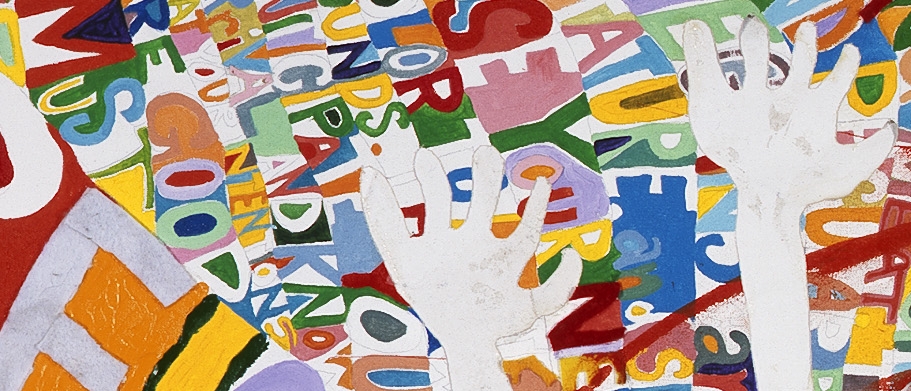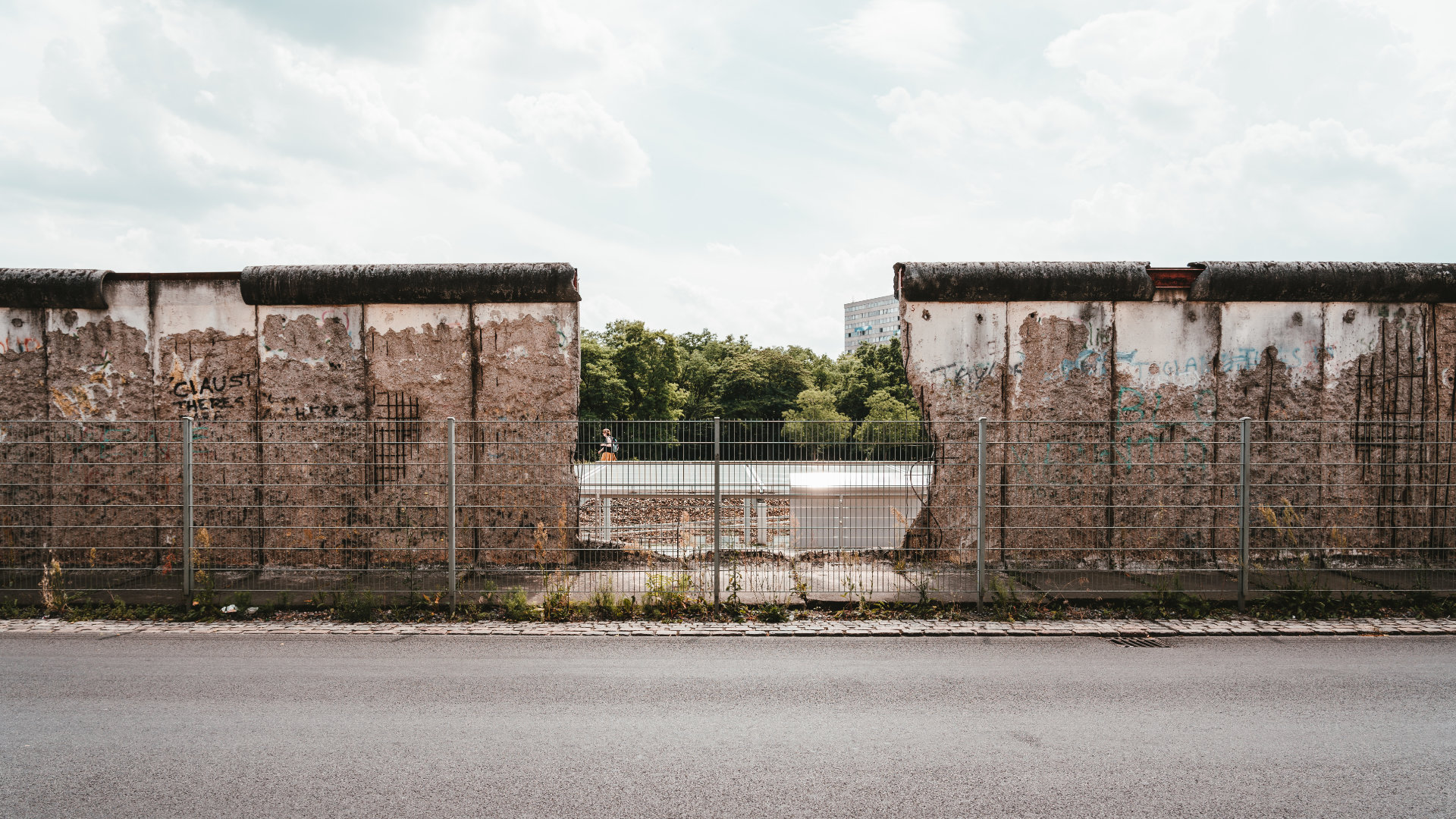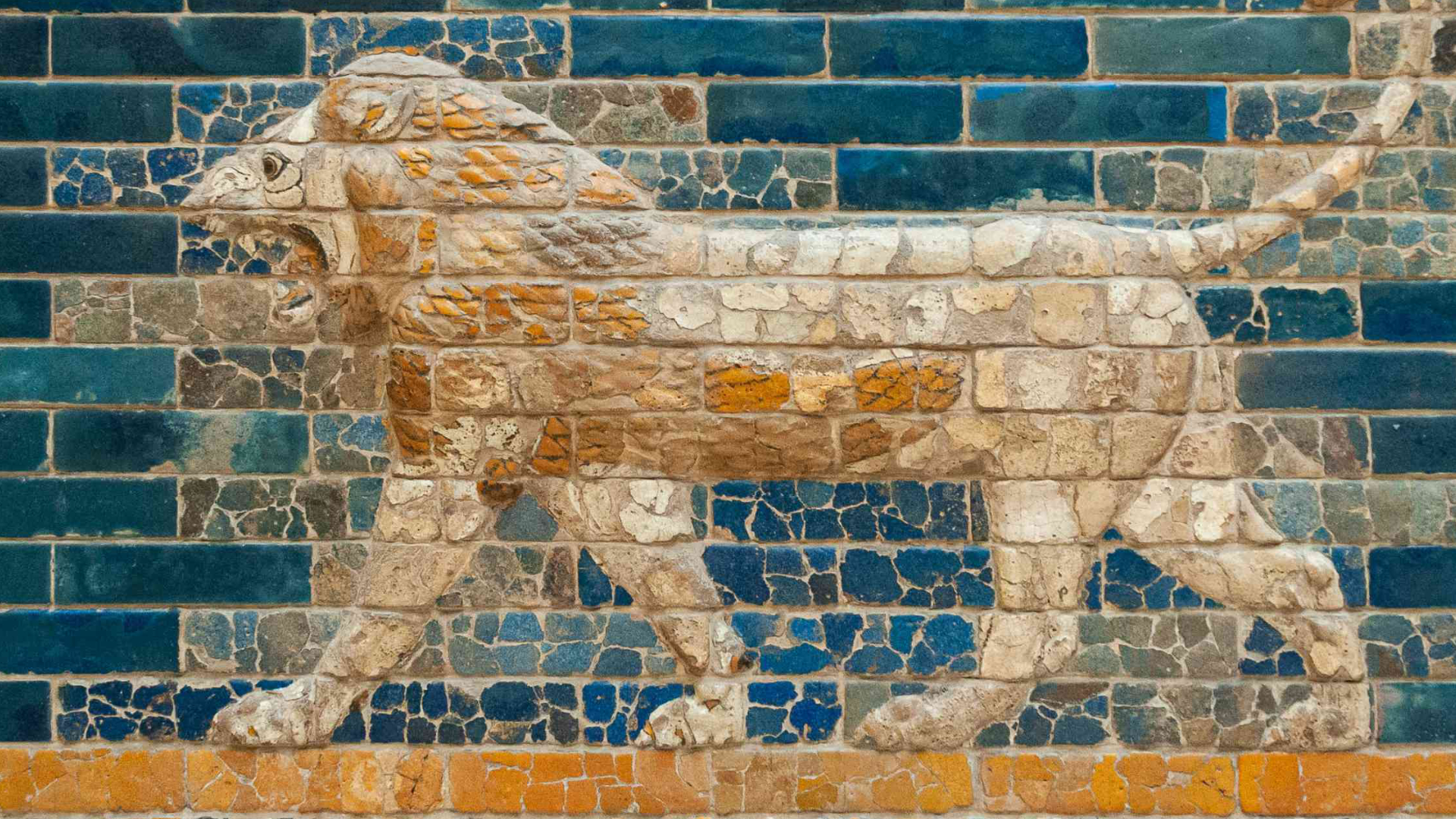
The Middle East Landscape from a Transatlantic Perspective
In late May 2023, the American Academy in Berlin hosted a workshop entitled “The Middle East Landscape from the Transatlantic Perspective,” jointly organized with the Crown Center for Middle East Studies at Brandeis University. In addition to the scholars from Crown Center, in attendance were leading experts from Berlin-based research institutions, foreign policy think-tanks, journalism, and government, among them experts from the Leibniz-Zentrum Moderner Orient (ZMO), German Institute for International and Security Affairs (SWP), European Council on Foreign Relations (ECFR), Center for Middle East and Global Order (CMEG) and German Federal Foreign Office / Auswärtiges Amt. From this wide range of transatlantic perspectives, the workshop explored current issues in the broader Middle East and North Africa: the Middle East Landscape from the Transatlantic Perspective; Israel’s Overlapping Crises; the Entrenchment of Authoritarianism in the MENA and Lessons for Europe; Future of Turkey; Roots of Political Mobilization in MENA; Saudi Arabia under Mohammed bin Salman; China and the Middle East: from Infrastructure to Peace Making; and Iraq Twenty Years after the Invasion.
What follows are three contributions to this workshop from three expert panelists: Eva Bellin and David Siddhartha Patel of the Crown Center, and Ali Fathollah-Nejad, founder and director of the Center for Middle East and Global Order.
The Entrenchment of Authoritarianism in the Middle East and North Africa
By Eva Bellin
Myra and Robert Kraft Professor of Arab Politics, Department of Politics; Crown Center for Middle East Studies, Brandeis University
The Middle East and North Africa (MENA) have long been exceptional for authoritarianism’s staunch hold in countries throughout the region. Even in the 1980s and ‘90s, when the “third wave of democratization” swept away authoritarian regimes around the world, the MENA region remained steadfastly resistant to this tide. In the early 2000s, I argued that the region’s resistance to democratic transition ought not to be attributed to exceptional economic, cultural, or sociological conditions. Rather, the survival of authoritarian regimes was a consequence of the exceptional coercive capacity of many states in the region—specifically, their endowment with coercive apparatuses that possessed both the will and capacity to repress popular mobilization for political change. The exceptional will to repress was a consequence of the patrimonial ties that linked the coercive apparatus to the ruling regime in so many countries in the region—a linkage which made the coercive apparatus deeply invested in regime survival and gave it “the will to shoot.” (Think the Alawi-dominated military in Syria under Assad or the Takriti-dominated military in Iraq under Saddam). The exceptional capacity to repress was a consequence of the unique financial resources available to many states in the region (abundant oil and gas revenues, foreign remittances as well as foreign aid from great powers eager to sustain various authoritarian regime with geo-strategic value). This exceptional supply of resources enabled MENA regimes to fund extensive coercion in ways that regimes in Latin America or sub-Saharan Africa or Southeast Asia could not match.
In the early 2000s, I was therefore pessimistic about the chances that the region would join the third or even the fourth wave. In the early 2010s, the Arab Spring sparked a brief flicker of hope that democracy might finally come to the region. But this hope was quickly extinguished. By 2014, only one country— Tunisia—seemed to have made democratic progress. By 2019, Tunisia had joined its neighbors in regressing to authoritarian rule.
Today, I have never been more pessimistic about the chances of democratic transition in the region. This is true for four reasons: the demobilization of society, the proliferation of the tools of digital authoritarianism, the shift in worldwide political trends that now lean toward de-democratization, and the change in international dynamics that have altered the political priorities of Western powers like the United States and the European Union.
Domobilization of Society
Historically, successful transition from authoritarianism to democracy has followed one of five or six classic paths. Some countries have democratized thanks to foreign intervention and forced political reform (for example, Japan and Germany after World War II). Some countries have transitioned after the authoritarian regime has been daunted by overwhelming crisis (for example, the military regime in Argentina in 1983, where military defeat in the Falklands as well as burgeoning economic crisis persuaded the Generals that it was in their best interests to hand power over to civilians). Some countries have transitioned when the long-lived dictator has died and his successors decide to ease into institutional reform (think Singapore after Lee Kuan Yew). But one common path to democratization is through the route of social mobilization: when democratization comes after people rise up and demand political change. Examples of this include the people-power movement in the Philippines that ousted the Marcos dictatorship in 1986, or the popular protests in East Germany that brought down Communist rule in 1989. In the Middle East, popular uprisings in Tunisia and Egypt in 2011 and 2012 toppled long-lived dictators Zine Abdine Ben Ali and Hosni Mubarak and sparked hope that democratic transition might be realized in these two countries. It was hoped that this example might even spread to neighboring countries. Sadly, all the popular uprisings in the Middle East and North Africa ultimately ended in failure. Countries like Libya and Syria descended into horrific civil war. And countries like Egypt and Tunisia succumbed to the calamities of economic disaster and political insecurity, shepherding their return to authoritarian rule (a regression that came with popular assent).
The problem is that the people in the region have lost hope. Even those citizens who were originally enthusiastic about political opening have become disenchanted with the call for democratization. They have come to see the process as associated with political chaos and economic catastrophe. And as a result people have become politically disaffected and disengaged.
This reversal has been most dramatic in the case of Tunisia, the country most spectacularly transformed by the popular overthrow of its dictator. Tunisians were fiercely proud of their mobilization in the “Jasmine revolution” and their capacity to rewrite political history, sealed in the consensual negotiation of a new constitution in January 2014. But since then, with every year, the people of Tunisia have become increasingly disaffected with their country’s turn to democracy and increasingly disengaged with politics. This is reflected in popular opinion polls which show that ever larger percentages of the population care little about democracy (as opposed to economic reform); see, for example, surveys on the website arabbarometer.org. And this is reflected in participation rates in politics with election turnout falling dramatically over the past eight years. In the election of last year, turn-out had fallen to an all-time low of 11% (https://www.reuters.com/world/middle-east/polls-open-tunisian-election-with-turnout-under-scrutiny-2023-01-29).
The average citizen has disengaged from politics. Economic trials and political chaos associated with political transition have sown widespread despair. Such hopelessness has proved to be an even more effective demobilizing force than fear—historically the tool of choice for most authoritarian regimes. And such despair and political disengagement is not unique to Tunisia. In Egypt, Jordan, and beyond, fear of disorder and chaos have led citizens to withdraw into the private domain. As such, popular mobilization has been eliminated, for the near future at least, as the path forward for unseating authoritarian regimes in the region.
Surge of Digital Authoritarianism
The second reason for pessimism about democratization in the region in the near term has been the surge in the development of digital authoritarian tools in recent years and their swift adoption by authoritarian regimes around the region. Ten years ago, most Middle East analysts were digital optimists, persuaded that new digital technologies—the internet, social media, cell phones, etc.—would prove to be pivotal assets in deposing authoritarian regimes. Digital technology’s ability to spread information outside the control of authoritarian regimes as well as its capacity to assist in the organization of collective action, almost spontaneously and without the need for formal leadership and organization, made this technology a crucial part of the democratization arsenal.
But over the past five years, most of us have become digital pessimists. We have seen the proliferation of digital tools that enhance authoritarian regimes’ capacity to surveil, hound, delude, disinform, repress, and atomize society. This includes CCTV cameras equipped with facial recognition technology that can track citizens’ every public activity, the creation of government-generated bots that spread disinformation on social media, the development of sophisticated malware that can infiltrate and track an individual’s cell phone, social contacts, and movements. Every authoritarian regime can access these tools now—even technologically unsophisticated regimes—thanks to focused export and training programs provided by countries such as China and Russia. The political advantage no longer lies with tech-savvy activists in civil society (as was the case in 2011-12). Digital collusion among authoritarian regimes world-wide has reinforced the hold of authoritarianism in the MENA region.
Contagion of De-Democratization
Thirty years ago, when the third and fourth waves of democratization were still in full force, international trends nudged those countries that were politically wavering in a democratic direction. The same is not true today; de-democratization dominates the headlines. In the MENA region, Turkey has taken part in this trend. Between 2004 and 2012, the regime led by Recep Tayib Erdogan had touted itself as a model of “Islamic democracy,” that is, a Muslim-majority country that embraced democratic norms and institutions even as it stayed true to its Islamic heritage. As such, Turkey had cast itself as a beacon of democratic transition in the Muslim world generally and the MENA region in particular. But in 2013-14, Erdogan began to backslide, and since then he has used his majoritarian popularity to change the rules of the game in ways that have undermined free and fair democratic process. Erdogan has implemented the tool kit embraced by so many other populist–authoritarian politicians around the world (Orban in Hungary, Chavez in Venezuela). He has undermined the independence of the judiciary, taken control of the media, contracted civil liberties, harassed the opposition, and reinforced the power of the executive branch. In short, he has compromised many of the core institutional foundations of democracy, all with majoritarian popular support. With this development in Turkey, the regional beacon of democratization has gone dark.
Altered Priorties of US and EU in Current International Context
Beyond the spread of de-democratization, the larger international context no longer constitutes a favorable force for democratization. The first decade or so of the post-Cold War era was a period of liberal ascendance, with Great Powers such as the US and EU enthusiastic about campaigning for democracy around the globe. But today, the world is in a very different place. The US and Europe are obsessed with the threat from China. The war in Ukraine has reignited concern that great power rivalries can once again be militarized. These concerns have pushed the goal of “democratization” far down on the foreign-policy agenda of most Western powers. And while democratization was never the highest priority in the Western powers’ policy toward the Middle East, it is even less of a priority today.
Going Forward
What might restart the drive toward democratization in the Middle East today? Would righting the economy help? While I am not an economic determinist, it is clear to me that economic catastrophe spelled the death knell for democracy in once-hopeful countries in the region. This proved especially true in the case of Tunisia. Democracy had a strong shot in Tunisia. Had it not been for double whammy of terrorism and COVID-19, which killed both tourism and international investment and spelled economic catastrophe in the country, I am persuaded that Tunisia would still be on a democratic path today. Economic chaos also spelled the death knell of democracy in Egypt in 2013. Had the economy been stronger, I believe that country would have gone in a very different direction. But this analysis does not make for optimism about the democratic prospects of these countries. The region has faced the same structural obstacles to growth for over 30 years and the path out is not easy or clear. Even political leaders who have concentrated enormous unaccountable power such as Abdel Fatah Sisi have not proven able to tackle the structural problems that obstruct economic progress in the country. Instead, Sisi has focused on a host of mammoth vanity projects he hopes will distract the population and jump- start popular morale. Their capacity to deliver sustainable economic growth is doubtful.
Would tinkering with institutional reform advance democratization? I have never been a major proponent of “institutional engineering” as a means to foster democratization in the MENA region, because toying with “electoral rules” and other such institutional configurations always seemed trivial compared to the much bigger structural factors hindering democracy. But recently, following the case of Tunisia, the question of institutional engineering arose as more consequential than I had once thought. One of the factors that killed democracy in Tunisia was the phenomenon that Thomas Carothers calls “feckless pluralism” (https://carnegieendowment.org/2018/05/30/tunisia-in-transition-comparative-view-pub-76501). The fact that Tunisia had electoral rules that permitted the extreme fragmentation of the political system and that fostered the rise of political parties that were nothing more than platforms for individual politicians, with no political horizons farther than the next day’s bribe and no horizontal alliances or commitments of any worth spelled the fecklessness of the political system. Would changing the electoral system have made a difference? Would institutional lessons from countries like Germany reduce political fragmentation and encourage the development of more responsible parties and carve a way out of political paralysis for countries like Tunisia? Perhaps. Is there a role for international powers in all this? Would international aid help foster more democratization in the region? Democratization has never been the top priority of Great Powers in this region and more than thirty years of tepid democracy-promotion has yielded meager results. There is no reason to expect change in this regard. Might a generational shift improve the prospects of democratization? Young people in the Middle East and North Africa are better educated, better informed, and better connected than ever. For a long time, I held out hope that this would push the needle toward democratic progress. But do higher levels of education and more international connection necessarily spell increased commitment to liberal values and freedom? The Saudi Arabian case has forced me to reconsider this. The younger generation in Saudi Arabia is incredibly well-connected digitally and it is much more literate and worldly than any prior generation in the country. But their political vision has largely been blinkered by Mohamad Ben Salman’s promises of bread and circuses—his vision of national transformation by 2030, with its promises of jobs and cultural opening all laced with nationalist rhetoric. The increasing sophistication and worldliness of Saudi’s younger generation has not translated into a demand for significant political opening.
Authoritarianism is solidly entrenched in the Middle East and North Africa. And, of course, the region is not alone in facing the ascendance of authoritarian rule. Not in Asia, where China is leading the region along the path of personalized autocracy. Not in South Asia, where Modi is embracing the playbook of populist autocrats like Orban, Erdogan, and Chavez. Not in Latin American, where countries like Mexico and El Salvador see the state embracing ever more coercive tactics in the hopes of taming pervasive gang warfare. These are bleak times for those invested in democratic transition.
The Political Situation of Iraq Today
By David Patel
Fellow, Middle East Initiative, Harvard Kennedy School; former Senior Fellow, Crown Center for Middle East Studies, Brandeis University
Twenty years after the US-led invasion, Iraq’s political system is often described as dysfunctional: shaped by sectarianism, riven by corruption, and subordinate to militias and foreign powers. Iraqi protesters call for the system’s toppling, and analysts routinely predict imminent collapse. But despite these ailments, Iraq’s post-2005 electoral political system has also been resilient, inclusive, and competitive. When the government of Afghanistan collapsed in the days leading up to the withdrawal of US forces from that country in August 2021, Iraqis were preparing for their country’s sixth parliamentary election, ten years after the initial withdrawal of US combat troops from Iraq. This article examines Iraq’s surprising political resiliency.
Despite having been born under occupation, Iraq’s political system has been remarkably durable. It has weathered brutal civil war(s); the withdrawal of US forces; eight years of a venal premier; a Kurdish independence referendum; the collapse of much of the Iraqi military; the rise, spread, and defeat of ISIS’s caliphate; US-Iranian conflict on Iraqi territory; protracted periods of government formation; the storming of the parliamentary complex by protesters; a sustained protest movement; and the violent suppression of that protest movement by militias. Any one of those events could have been a turning point that brought down the system. Yet during those turbulent eighteen years, Iraq held six parliamentary elections, each of them competitive and meaningful.
Post-2003 elections in Iraq are competitive in that they include wide arrays of actors competing for the same seats—secular and religious, parties and individuals, old and new movements—and, in recent years, cross-ideological and cross-sectarian electoral blocs. Elections are meaningful in that incumbents often lose. Iraq has been led by seven different prime ministers during this time, and there have been at least four real and (mostly) peaceful transfers of power between parties or factions: Ayad Allawi to Ibrahim al-Jaafari in 2005; the Daʿwa Party losing its hold on the premiership sometime between 2014 and 2018; the confirmation of Mustafa Al-Kadhimi in 2020, despite him not having a background in Iraqi Islamist parties; and the rise of Mohammad Shia al-Sudani in 2022 with the support of a coalition of Iran-backed Shi‘a parties.
Iraq’s post-2005 political system is extremely corrupt (Transparency International ranked it 157 out of 180 countries in 2022) and fails to meet many of the most basic needs of its citizens. At the same time, it continues to meet minimalist conceptions of electoral democracy. Since Kais Saied’s power-grab in Tunisia, in July 2021, Iraq might even be—by common definitions—the most democratic country in the Arab world (which, admittedly, is a low bar). Yet, in the vast majority of comparative analyses of the Middle East and North Africa, Iraq is ignored or appears only under “Kuwait, invasion of” and “US, occupation of.” The perceived “original sin” of having been birthed during the US-led occupation remains.
An important feature of Iraq’s political system is its uncanny ability to draw in (and, arguably, coopt) both rejectionist and new actors, often at the expense of established elites. Muqtada al-Sadr, an infamous critic of the political establishment during the US-led occupation, eventually became a central component of that establishment as his followers competed in elections and won seats. The most prominent militias from the Popular Mobilization Forces, including those closely affiliated with Iran, formed political wings and compete in elections. Over time (actually, quite quickly), Sunni Arabs participated in elections in greater numbers, and many Sunnis who had opposed the occupation and initially rejected the political system later ran for office and accepted government positions. Similarly, Kurdish challengers to the two main Kurdish parties arose and carved out electoral constituencies. Many new parties and blocs formed since 2003 have won significant numbers of seats, and the so-called “big seven” exile parties that dominated the Iraqi Governing Council in 2003-04 gradually lost exclusive control over key political institutions. Vote share in Iraqi parliamentary elections has become more dispersed over time.
Why has the system proven to be so durable? Patronage and petrol play important roles, as does the adaptability of the system to the changing nature of political competition in Iraq. As Middle East scholar Fanar Haddad has cogently argued, what was originally a system of ethno-sectarianWhat was originally a system of ethno-sectarian apportionment (muhasasa ta’ifiya) became a system of party apportionment and clientelism. Over time, Iraqis came to accept as irreversible the core changes brought about by the overthrow of the Baʿth Party: Sunni Arabs no longer fear deliberate exclusion, and Shia Islamists have become central players in Iraqi political institutions. Everyone knows, more or less, their group’s relative size and place in the system, and the distribution of power and influence across sects is only minimally contested.
The apportionment system adapted to become one where parties—rather than ethno-sectarian groups—explicitly divide ministerial positions, government contracts, and the power to appoint key civil service positions. Competition is now primarily within sect: Sunni Arab notables and parties, for example, compete against one another to control the power to fill “their” positions. But the legacy of pre-2003 authoritarianism and post-2003 sectarian conflict created an enduring impetus for inclusivity—governments of relative national unity and widely distributed spoils. There has been little organized government opposition within Iraq’s Parliament, which partly explains the inability or unwillingness after the 2018 election to identify the largest bloc, constitutionally responsible for nominating a candidate for the premiership. It also helps explain the selection in 2020 of Mustafa al-Khadimi, a politician without a party or natural constituency, to serve as premier after the protests forced Adil Abdul-Mahdi to resign. This is one reason why many Iraqis today see the system as the problem, not specific parties or only the former exiles or those who worked with the United States.
Political parties in Iraq distribute government jobs, contracts, and benefits to their members and supporters. After each election, parties negotiate behind closed doors and divvy up ministerial positions and, since at least 2014, the right to place loyalists in senior civil service “special grade” positions, including directors-general, deputy ministers, and heads of some state-owned enterprises (SOEs). This haggling has led to government formation crises and prolonged political deadlock after the past few elections. After the 2021 election, it took over a year before the Council of Representatives approved the Sudani government, and that was only after 73 members of parliament from Moqtada al-Sadr’s bloc resigned and were replaced by other parties’ candidates. But such crises are a feature of the apportionment system’s evolution, not an indication that it is failing.
Scholars Toby Dodge and Renad Mansour argue that this politicization of the state bureaucracy has created a situation in which senior civil servants are often more powerful than ministers, especially in the awarding of contracts. Party-aligned state employees funnel government contracts to companies connected to their party and bureaucratically block actions that harm their party’s interests. Political connections protect companies from investigation or prosecution after they fail to meet contract standards. Party leaders dole out (or sell) jobs in government agencies in which party loyalists hold senior positions. Corruption deepens.
This apportionment and patronage system works because of petrol. Iraq’s political system is awash in oil revenues and was “baked” at a time of extraordinary high oil prices, from 2005 to 2014. When the US-led coalition entered Iraq in 2003, the price of a barrel of crude oil was approximately $36 (inflation-adjusted). It rapidly rose to over $50 by the time of the first elections in 2005 and $100 by late 2007. Prices then stayed in the broad range of $90 to $120 for several years, except for a relatively brief crash during the 2008 global recession. This decade-long deluge of oil revenues fueled the expansion of Iraq’s patronage system and allowed public sector employment to expand dramatically after 2003. Oil rents constitute about 40% of Iraqi GDP and 85-92% of government revenue. Unsurprisingly, every downturn in oil prices triggers budgetary and fiscal crises.
But Iraq’s patronage and petrol-fueled system faces a growing challenge: population. Iraq’s population of 44 million is very young; one half of them were born after 2003, and approximately 65% of them have no personal memory of pre-invasion Iraq. For these young Iraqis, the passing of the twentieth anniversary of the US-led invasion was inconsequential. The only Iraq they know is the one governed by a durable apportionment political system and marked by the clientelism and corruption that undergirds it. This political system has survived numerous crises by drawing in new actors and using oil revenues to support the patronage networks of the previous election’s winners. But the system continues to inch towards its fiscal limits. Whether or how the apportionment system can evolve further remains to be seen.
The Western Fallacy of Seasonal Readings: Long-Term Revolutionary Processes in the Middle East: From the Arab World to Iran
By Ali Fathollah-Nejad
Founder and Director, Center for Middle East and Global Order (CMEG); McCloy Fellow on Global Trends, American Council on Germany (ACG); Arbeitsstelle Politik im Maghreb, Mashreq und Golf, Freie Universität Berlin
A decade ago, Western media and pundits opined that the historic Arab Spring had ultimately degenerated into an Arab Winter, with aspirations for democracy finding an abrupt end with the restoration of dictatorships there. This stark assessment had come particularly after in Egypt the Islamic fundamentalist Muslim Brotherhood had prevailed in the prematurely organized post-Mubarak presidential elections and a year later was toppled by a coup that saw the return of a military dictatorship that led to an even more authoritarian rule. In Syria, the embattled regime’s consolidation of power by 2015 through Russian and Iranian intervention was facilitated by President Barack Obama’s failure to enforce his summer 2013 “red line” following Assad’s chemical attacks on dissident areas.
It has since become a widely used cliché by mainstream media, policy circles, and even parts of academia to suggest that the Arab Spring “has clearly failed,” with the restoration of authoritarianism and in some cases even its fortification (as in the case of Egypt) and has led to “civil wars”—a term that is used for the Syrian context, albeit inaccurately.
Such seasonal reading, however, was belied by the emergence of a second wave of the “Arab Spring” in 2018-19, precisely in states hitherto untouched by the first wave. In other words, the seasonal lens blinded us for the continuation of the popular uprisings in the Arab world – and for the latter’s arguably “long-term revolutionary process,” as coined by social scientist Gilbert Achcar. As a result, the second wave almost escaped under the radar of attention.
A Genealogy of Our Blindspots Regarding Iran
In 2023, the same seasonal assessment dominated Western perceptions—and policy calculations—in the wake of the 2022 anti-regime protests in Iran. In fact, since the 2009 Green Movement, where hope still reigned toward reforming the Islamic Republic, developments over the last decade have discredited reformism in Iran and have turned the idea of reform into a chimera. Ever since, the frequency as well as the radicalism of protests in Iran have risen.
In the wake of the unequal distribution of the 2015 JCPOA’s economic dividends, a swelling disillusionment with the entire system was unloaded with the Dey protests at the turn of the year 2017-18. For the first time, the lower classes—hitherto conventionally considered to be the regime’s loyal social base—had taken to the streets en masse, chanting slogans against the entirety of the power élite, now even targeting the establishment’s reformist faction amid a nationwide protest assuming an unprecedented geographical spread. Although triggered by the social question, they quickly turned ferociously political. This is why the Dey protests entered the regime’s political lexicon as a shock moment for regime survival. This was barely anticipated by the vast bulk of Iran watchers who had promoted the idea that a nuclear deal with the West would facilitate domestic reform, thus focusing on foreign policy with a strong dose of perhaps self-serving wishful thinking about outside—inside dynamics, rather than on Iranian society’s ever-deepening political, socio-economic and ecological grievances to which the regime had no answers other than repression and externalizing blame.
It was against this backdrop that I suggested that a new chapter in the history of the Islamic Republic had opened, arguing that a long-term revolutionary process à l’Iranienne had begun. The latter’s de facto continuation saw the Âbân protests in November 2019, fueled by an overnight tripling of fuel prices, which saw four times the number of participants than the Dey protests (now two-hundred thousand, according to the Interior Ministry), this time around involving the lower classes as well as the lower middle-class that had formed the new social stratum of the “middle-class poor” (Asef Bayat). However, in both of these nationwide uprisings the regime managed to quell them within a short period of time, indeed with utmost brutality, yet facilitated by the lack of an intersectional alliance. This missing link, however, was very much—yet not sufficiently—filled with the fall 2022 “woman, life, freedom” revolt, which spanned across classes and ethnicities. This time, the uprising was triggered by the socio-cultural woe of the regime’s hijab laws against women, but quickly turned into a nationwide movement calling for regime change. While according to a leaked regime memo and other instances of evidence, 80% of the population harbored sympathies with the anti-regime movement, the latter’s immediate success was counteracted by a number of factors: (a) the relative lack of street protest participation by Iran’s sympathizing yet rather passive “grey” social stratum (to use the Persian terminology), i.e. those in their forties who had still something to lose and fearing a post-Islamic Republic vacuum filled with chaos and violence, (b) the labor movement not engaging in sustained strike action in the country’s key hydrocarbon industries, complicated by the structural weakness of its bulk being stuck in irregular employment; (c) the lack of a sustained general strike, also involving important bazaars; and (d) indispensably, veritable rifts in the power and security apparatus. And, above all these factors hovers relentless and multifaceted regime repression, which however—as the past indicates—cannot immunize the system against the next explosion of popular anger. Crucially, of course, all these woes are connected to the question of a viable political alternative to the Islamic Republic, one that can encompass Iranian society’s diverse political and socioeconomic demands. But there is vibrant debate going on inside and outside Iran about precisely these challenges—a marked improvement relative to previous episodes of revolt and even revolution (as in the case of 1979). In other words, Iran has not (yet) reached a revolutionary moment or situation, which would see landmark events unfolding in days that would normally materialize in decades.
Despite these indeed powerful developments, the vast majority of the Iran watchers’ scene had remained oblivious to ever-increasing depth of popular disillusionment—in fact, rage—with the entirety of the Islamic Republic that broke loose with the Dey uprisings. Instead, many of them were even suggesting that the upheavals marked mere wake-up calls for the state élite because of its poor economic performance or, in the 2022 case, showcasing society’s desire to get rid of the hijab laws only.
Policy Impacts of the Seasonal Lens toward Iran
In the Iranian case, a similar “Arab Spring”-turning-into-“Arab Winter” fallacy has occurred. Fall 2022 had seen the most significant protest movement against the Islamic Republic, leading to sustained nationwide street demonstrations. However, ruthless repression put an end to street protests by the turn of year 2022-23, with officials proclaiming in early January that the “riots” were successfully crushed. Intriguingly, Western policymakers adopted the same lens, believing that the regime was correct in its assessment that it had prevailed over the protest movement. Hence, in a sense, both the West and the regime shared the belief that what had occurred in Iran was merely a season of revolt. As a result, the US—despite public pronouncements to the contrary—had re-engaged in talks with Tehran precisely at this juncture of the turn of year, thus reaffirming its desire to pursue business-as-usual with a regime that had lost all of its legitimacy in the eyes of the vast majority of Iranians. For it had become increasingly clear that in the case of Iran regime and society’s interests not only starkly differed but were even antithetical to one another. These negotiations resulted in US–Iranian “understanding,” crucially involving the release of billions of dollars of Iranian frozen assets abroad ($3 billion already released from Iraq and another six to seven billion dollars planned for release from South Korea, both due to US green lights), thereby also encouraging the continuation of Tehran’s hostage and blackmail policy.
In fact, it was precisely this seasonal reading that paved the ground for the West to resume negotiations with Tehran, believing that the regime was unlikely to be toppled any time soon and that a purported authoritarian stability was to be preferred after all. However, in contrast to the bulk of Western readings about the severity of these nationwide uprisings, the regime itself, rightfully, has considered all of them respectively to constitute the hitherto most profound danger posed to its survival; in the case of the 2022 “woman, life, freedom” movement, the most “dangerous, powerful, and serious” protests confronting the Islamic Republic, to quote the IRGC chief from summer 2023.
This episode demonstrates that the seasonal lens is highly policy-relevant, as it tends to favor specific policy choices over others.
Talk of A New Authoritarian Stability
Today, there is increasing talk of a rising authoritarian order in the Middle East, heralding a new era of authoritarian stability. This argument is underpinned by a new set of authoritarian arrangements, such as the re-admission of Assad’s Syria into the Arab League, the détente between longstanding regional rivals Iran and Saudi Arabia, as well as the tendency of authoritarian non-Western great-powers and democratic Western great-powers alike to prefer an alleged authoritarian stability in the Middle East. The latter trend has been reinforced by major global power shifts, fueled by a “new Cold War” pitting the US against both China and Russia as well as Europe seeking alternative energy suppliers in the authoritarian Arab states of the Persian Gulf in the wake of Russia’s war on Ukraine. The consequence, today, is that autocratic regimes are feeling quite secure, also hoping to cement their rule through closer ties with China and Russia, while not feeling any heat from the democratic West.
In fact, despite signs of an emerging authoritarian stability in the entire Middle East, the latter’s structural crisis driving long-term revolutionary processes in the Arab world and Iran is widely neglected. The seasonal lens obstructs a much-needed longer term view of the popular uprisings, long-term processes characterized by revolutionary as well as counter-revolutionary phases, as well as the appreciation that any sweeping generalization is doomed to fail while instead nuanced case-to-case studies impose themselves. In this vein, there are both parallels and differences between the Arab and Iranian contexts.
Replacing the seasonal, short-term lens for such a long-term view can allow for a more comprehensive and realistic analysis of an indeed complex process in constant flux, but also enable foreign policy toward the region to be better prepared for future shocks propelled by re-emerging popular revolts and the still existing demand for democratic change (see, more recently, the anti-Assad protests in Syria’s As-Suwaida since August 2023).
All of this, of course, is not to deny that the popular uprisings continue to be met with fierce challenges and authoritarian backlashes. However, what is mostly neglected is that the revolutionary processes in the Middle East—both in the Arab world and Iran—are fueled by a structural crisis, mainly political authoritarianism that is blocking the way for much-needed reforms and socio-economic misery engulfing the bulk of the populations.
To conclude, the seasonal fallacy recalls Middle Eastern Studies’ long-held paradigm of the robustness of authoritarianism in the Middle East—a belief that collapsed like a deck of cards with the sudden outbreak of the Arab Spring and its domino effect from North Africa to West Asia. Crucially, there is little evidence that Middle Eastern autocracies can solve their structural crises by more closely aligning with Beijing and Moscow, thus making analytical expectations and policy-driven desires for a new dawn of authoritarian stability more fragile than it first appears. For, in reality, any calm period in the Middle East is likely to merely amount to faux stability, as long as the structural crises engulfing regional states are not solved. Short of profound transformations, the Middle East is likely to be mired in a destabilizing and tumultuous cycle of revolt and repression.

